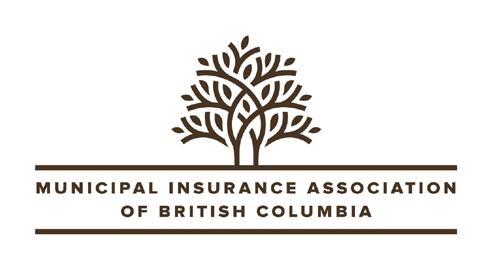
2 minute read
The Effect of Rising Inflation on Commercial Property Insurance Premiums
With inflation being at an all time high since the early 80s, increased consumer demand, labour shortages and challenges to supply chain, higher prices are almost everywhere we look. Canadian construction costs are no exception to this and have already been on a steady incline since the beginning of the COVID-19 pandemic. With budget season in full swing, now more than ever local governments should be considering the affects of inflation and rising construction costs on their insurance premiums.
Most local governments purchase property insurance policies that provide them with replacement cost coverage for their buildings. In exchange for this coverage, the expectation is that local governments give their insurance providers values that accurately reflect the replacement cost of their buildings in the event they suffer a claim that results in the total replacement or rebuild. These values are then applied against underwriting rates to calculate your insurance premiums. Because of the escalating cost of materials, local governments should be considering rising inflation for not just new projects, but for their existing buildings, as they directly impact how much your local government pays for its property insurance.
Advertisement
While not all commercial property insurance wordings are created equally, they all rely on insureds to provide accurate valuations for their buildings. Some insurers provide blanket coverage, meaning that a single coverage limit, usually based on the total value of a property schedule, applies to all property losses. Other policies have a co-insurance clause that requires your local government to insure buildings to a minimum percentage of their replacement cost value, usually 90%. In this scenario, if a loss exceeds 90% of the value you declared for a building, it means your local government would be out of pocket for the loss above that amount, resulting in a significant cost burden for your local government.
Here are a few things local governments can do to help budget for potential premium increases due to rising inflation: 1. Review your insurance early. Check to see if your policy has any clauses that limit the amount payable in the event of a loss, such as co-insurance, and review your statement of values more than once a year. 2. Get an updated appraisal. Local government appraisal cycles vary. When we were in a soft insurance market with a predictable rate of inflation, many insurance providers were willing to accept appraisals up to five years old. Today those values could be significantly out of date, even if you’ve been adding an inflationary factor each year on renewal.
If it’s been a while since your last appraisal, consider getting one sooner rather than later. Your insurance provider can help you come up with a plan for appraisals. 3. Prioritize Risk Management. Claims experience also factors into how much you pay for insurance.
By prioritizing risk management, you can reduce the likelihood of claims and help control premiums. MIABC members can reach out to us at
AskUsAnything@miabc.org to access a variety of tools and services to assist with this.
MARINA SEN-PARTRIDGE is the Manager of Member Engagement and a licensed insurance broker at the MIABC. She believes her work goes far beyond the placement of an insurance policy. She’s passionate about connecting local governments with the tools they need to meet their ever-changing needs and focus on what’s most important to them – serving their communities.









